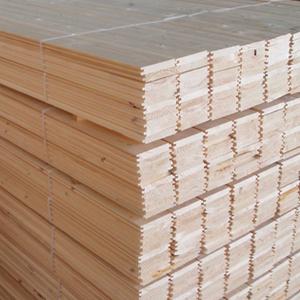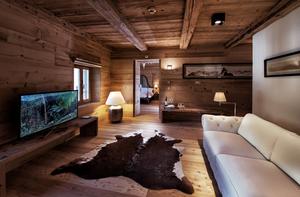
Beads can be made in the most diverse types of wood, more or less valuable.
The most common are fir beads, due also to their cheapness. They are available in various lengths and thicknesses.
As for the width, we must keep in mind that the useful measure must be calculated net of the joint joint.
For example, a 15cm wide bead may have a useful width (net of the joint) of 13.5cm. This is important to assess how many beads will be needed to make a certain coating.
Horizontal installation

The beads can be laid horizontally, if you opt for this solution the support joists to be fixed to the wall will then be mounted vertically.
The supports will be anchored to the wall parallel to each other by distancing them by at least 50-60 cm. Evaluate the distance also based on the thickness of the beads.
For the laying, start from the bottom up, and after nailing the first row, check with the bubble that is perfectly horizontal.
Every 3/4 file repeats the horizontality check with the bubble.
If above the beads it is planned to fix wall units or shelves, provide additional supports to aid fixing.

Beads and insulation, thermal coat
The cavity that forms between the wall support and the bead can be filled with insulating materials such as polestirene or glass wool and help create an internal thermal coat that improves the energy performance of your apartment.

Vertical installation
The most common, proceed as for the horizontal installation.
We always carefully check the verticality of the installation.
Beads can also be used to make false ceilings.
Beads also in wooden roofs
Often the beads are used in the construction of wooden roofs as they sit above the beams and therefore remain visible in the attics.